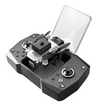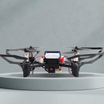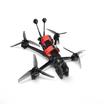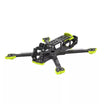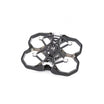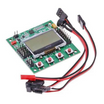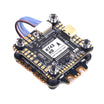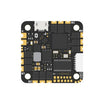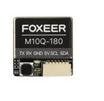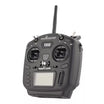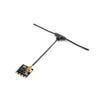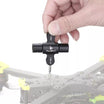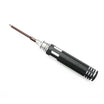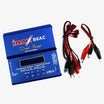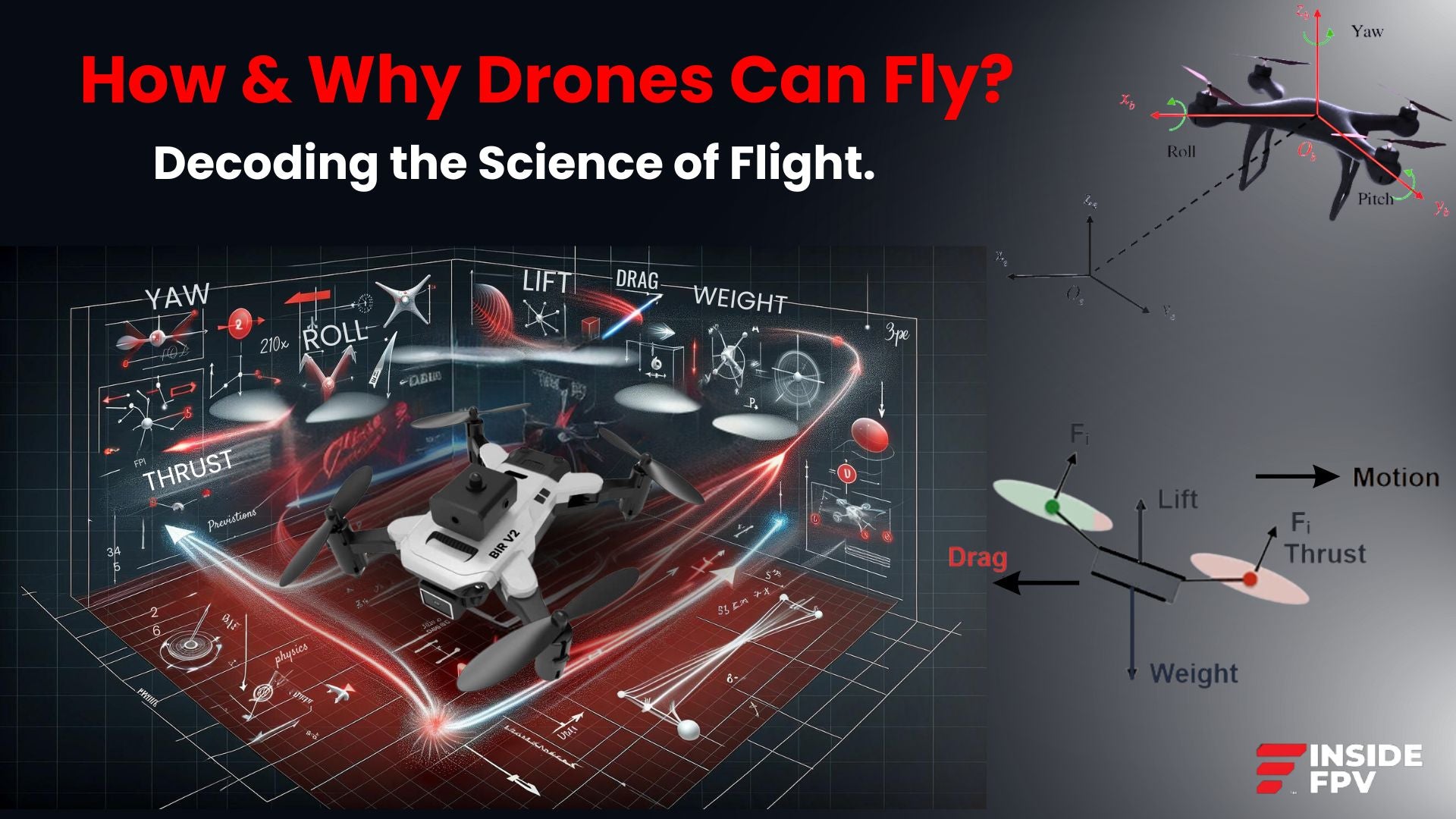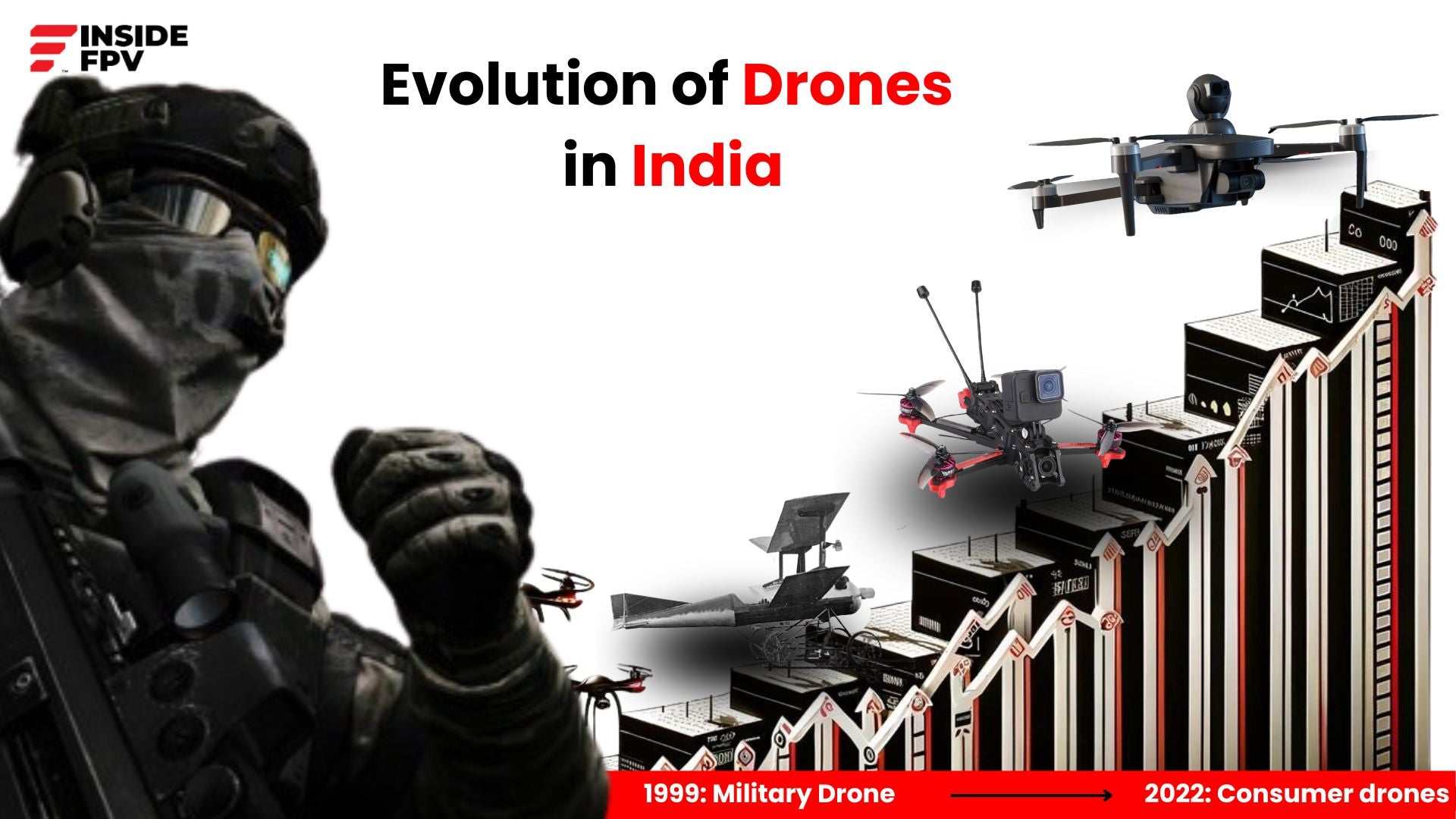Imagine a world in which the sky serves as your playground instead of the boundary! Once the stuff of science fiction, drones are now buzzing into something that was previously assumed unachievable. But wait, there are invisible rules on this superhero cape.
That's where your helpful drone-law navigators like us step in! We'll cut through the legalese and unravel the Indian drone code in this blog, so that your airborne explorations are morally just, lawful, and most importantly, fantastic!
DGCA: The regulatory body for Drones
The Directorate General of Civil Aviation (DGCA) is the official registration authority for drones, and a license is required for drone operators to operate them, according to India's drone laws. Think of the DGCA as India's drone industry's air traffic controller. They are in charge of controlling drone activity, guaranteeing security, and keeping the skies orderly.
The Drone Rulebook: Your Flight Plan to Freedom
The Drone Regulations, 2021, issued by India’s Directorate General of Civil Aviation (DGCA), outline comprehensive guidelines for drone operations in the country.
Drone Classification and Requirements-
Nano Drones (up to 250 grams):
Nano drones offer the most freedom, requiring no license or registration. Although these drones are exempt from regulations, operators should still prioritize safe flying practices.
-
Micro Drones (250 grams – 2 kg):
Micro drones must be registered through the Digital Sky platform. For personal (non-commercial) use, a pilot license is not needed if flown in green zones—areas marked safe for recreational flying. However, for commercial activities, additional permissions may be required.
-
Small Drones (2 kg – 25 kg):
Operators of small drones need both a drone registration and a Remote Pilot Certificate (RPC). These drones can be flown for both commercial and recreational purposes within green zones and certain yellow zones (moderate risk areas) if granted airspace authorization.
-
Medium and Large Drones (over 25 kg):
Designed primarily for business use, these drones require thorough authorization and a detailed flight plan before taking off. Operating medium and large drones involves stricter regulations due to the higher safety and privacy risks associated with their size and potential applications
No-Fly Zones: Restricted Airspace
No-fly zones might be thought of as the VIP regions of the sky. Drone operations are strictly prohibited in these regions because of safety and security concerns. Before taking off, always check the Digital Sky platform for the most recent information on no-fly zones.
Below mentioned is more details on the fly-zones created Digiital Sky Platform:
- "Green zone" refers to the defined airspace above Indian territories and its territorial waters up to a vertical distance of 400 feet, or 120 meters, that has not been classified as a red or yellow zone on the airspace map for unmanned aircraft system operations. It also includes the airspace up to a vertical distance of 200 feet, or 60 meters, above the area situated between 8 and 12 kilometers away from the perimeter of an operational airport.
- "Yellow zone" refers to the specified airspace over Indian territorial waters and land areas that is off-limits to unmanned aircraft system operations and requires authorization from the relevant air traffic control authority. The airspace over 200 feet or 60 meters in the region situated between the lateral distance of 8 and 12 kilometers from the perimeter of an operational airport, and the airspace above 400 feet or 120 meters in the authorized green zone, shall be designated as yellow zones.
- "Red zone" refers to the airspace with specific dimensions that lies above India's land areas and territorial waters, as well as any installation or notified port limits that the Central Government designates beyond those waters. Only the Central Government is authorized to conduct unmanned aircraft system operations within these zones. No one can fly a drone in a red and yellow zone before prior permission. Don’t fly a drone over private property unless permission is given.
- "Geo-fencing" refers to restricting unmanned aircraft system movement inside a designated airspace.
Check beforehand on DigitalSky the locations where flying drones is permissible so as to respect privacy of others and also to avoid legal complications. it is legally forbidden to fly them in restricted or no-fly zones.
Steps to Obtain a Drone License in India
Let us go through the steps to obtain a drone license in India.
Understand the Importance of Licensing
- In India, obtaining a drone license is mandatory for safe and legal drone operations.
- The Directorate General of Civil Aviation (DGCA) has set specific guidelines to promote safe drone usage.
Familiarize Yourself with DGCA Guidelines
- Visit the DGCA’s official website to stay updated on the latest drone operation guidelines and requirements.
Complete an Online Training Program
- Enroll in a DGCA-recognized drone training organization.
- Complete the necessary training, which is required for licensing.
Apply for the Unmanned Aircraft Operator Permit (UAOP)
- Use the Digital Sky platform, the DGCA’s online portal, to apply for the UAOP.
- Ensure that all required documents and details are correctly provided.
Receive Approval and License
- After verification, the DGCA will approve your application, granting you the UAOP.
- With this license, you’re legally authorized to operate drones in compliance with India’s airspace safety regulations.
Benefit from Licensing
- The licensing process enhances your understanding of safe drone practices.
- It demonstrates your commitment to responsible and lawful drone flying, contributing to overall airspace security.
Get a step up with Certification
In India, no one is allowed to fly a drone unless it complies with type certificates or is exempt from type certificate requirements as specified by these regulations.
(1) Unless otherwise exempted by these regulations, no one can operate an unmanned aircraft system without first registering it on the digital sky platform and acquiring a unique identification number.
(2) For all such unmanned aircraft systems to which these regulations have granted a unique identification number, the Director General shall maintain a registration record.
(3) The person in charge of an unmanned aircraft system is accountable for making sure that the system complies with a current type certificate.
Conclusion
Drones are creating experiences and stories in the Indian sky like never before. Navigating this airspace responsibly is not just a legal requirement; it's a shared commitment to a safer and harmonious coexistence. Let the skies be your limitless canvas for exploration and compliance, your compass as you set out on your drone travels.
Check out the rules and regulations on the official site of DGCA: https://www.dgca.gov.in/
FAQs
Q1 Are there specific regulations to follow for flying drones?
A1: Drone flying in India is regulated by the Directorate General of Civil Aviation (DGCA). Specific guidelines and permissions are in place, and operators must adhere to these regulations for legal and responsible drone use, including registering drones with DGCA.
Q2 Where can I fly drones?
A2: Drones can be flown in areas that are acceptable by the Directorate General of Civil Aviation (DGCA). Drones should not be flown in No-fly zones and especially in areas like military bases and airports.
Q3 Is there a map for flying drones in India?
A3: Directorate General of Civil Aviation (DGCA) has a map of India that marks Green zone, Yellow zone, Red zone and the Geo-fencing for the territorial boundaries. They need to be adhered to strictly.
